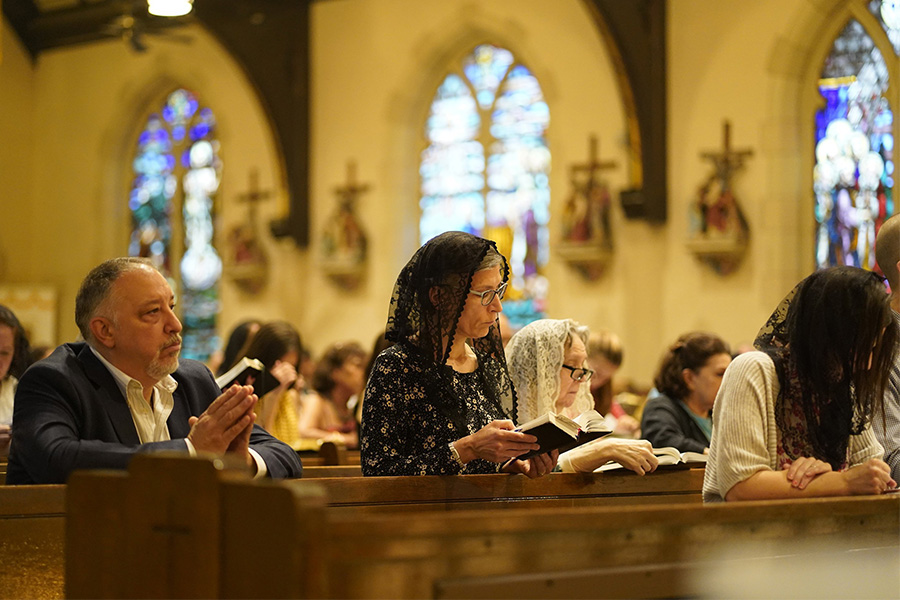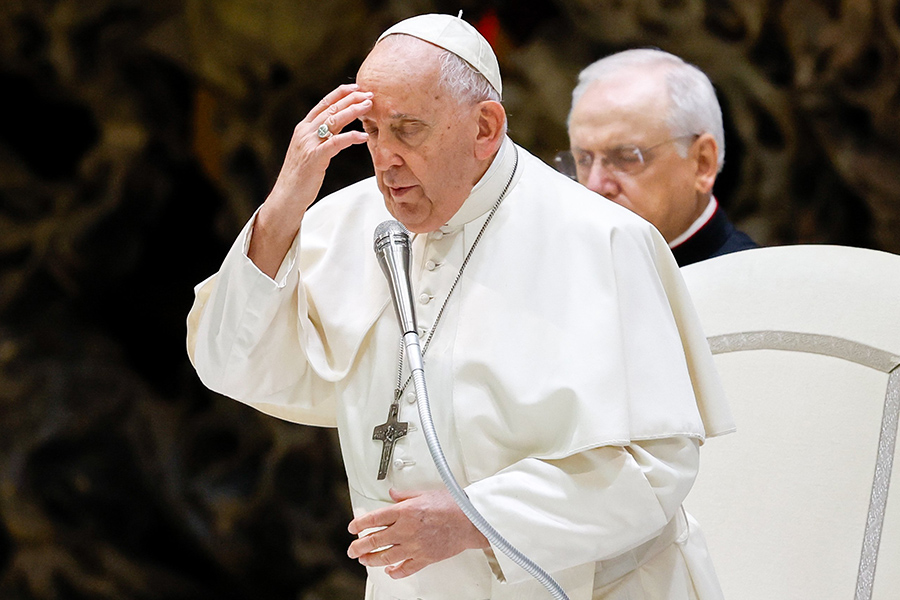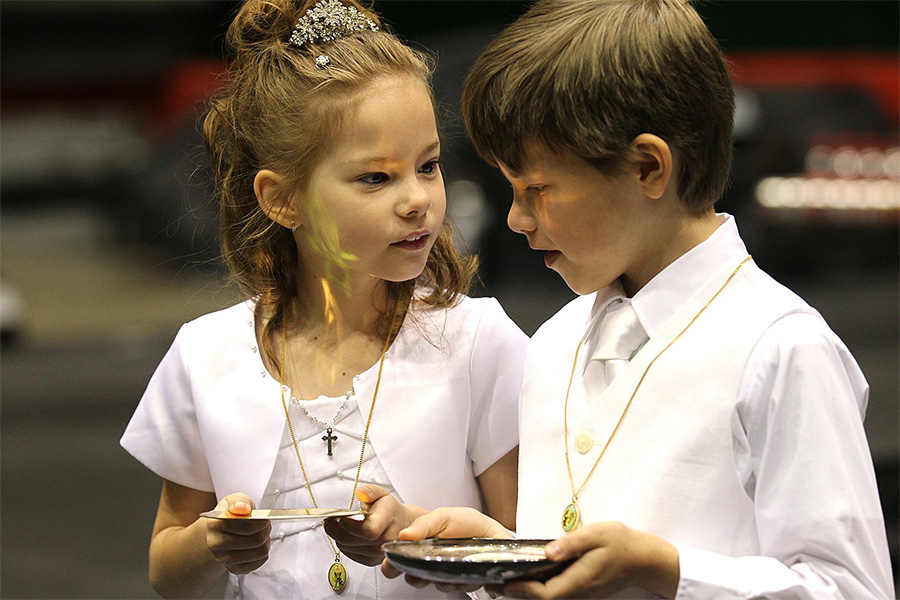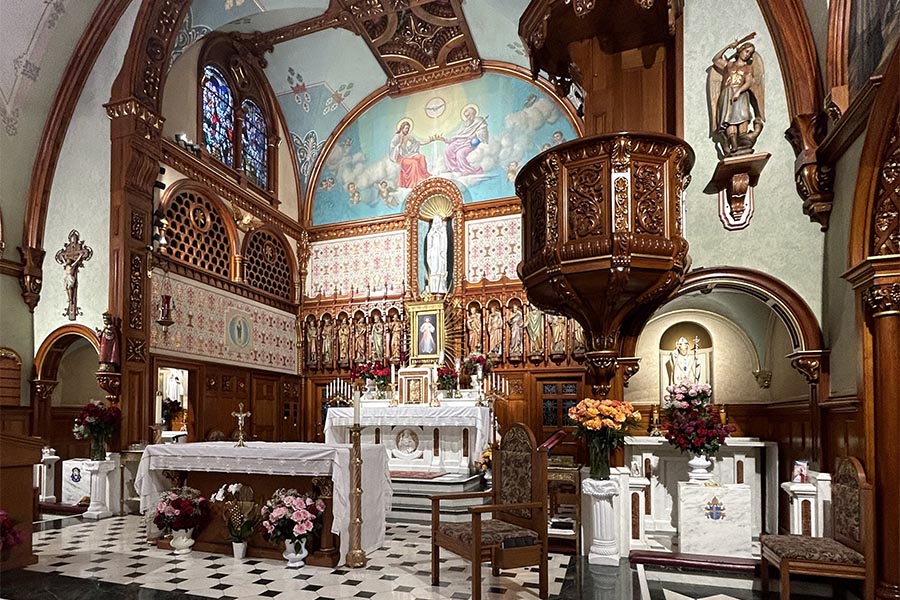The Archdiocese of Baltimore will reinstitute the reception of Communion under both species on Holy Thursday of the Lord’s Supper, April 6.
The basis for this guidance is the liturgical significance of Holy Thursday of the Lord’s Supper as celebrating the institution of the Eucharist as the true Body and Blood of Jesus Christ.
At the beginning of the coronavirus pandemic, the archdiocese eliminated the distribution of the Communion cup in March 2022, in response to the concerns of the spread of COVID-19. With those concerns lessened over recent months, some dioceses in the United States resumed distribution of the Precious Blood in late 2022.
“While we are celebrating the return of Communion under both kinds, we will continue to monitor the numbers of flu, RSV and COVID cases in the area,” said Christian Kendzierski, executive director of communications for the archdiocese.
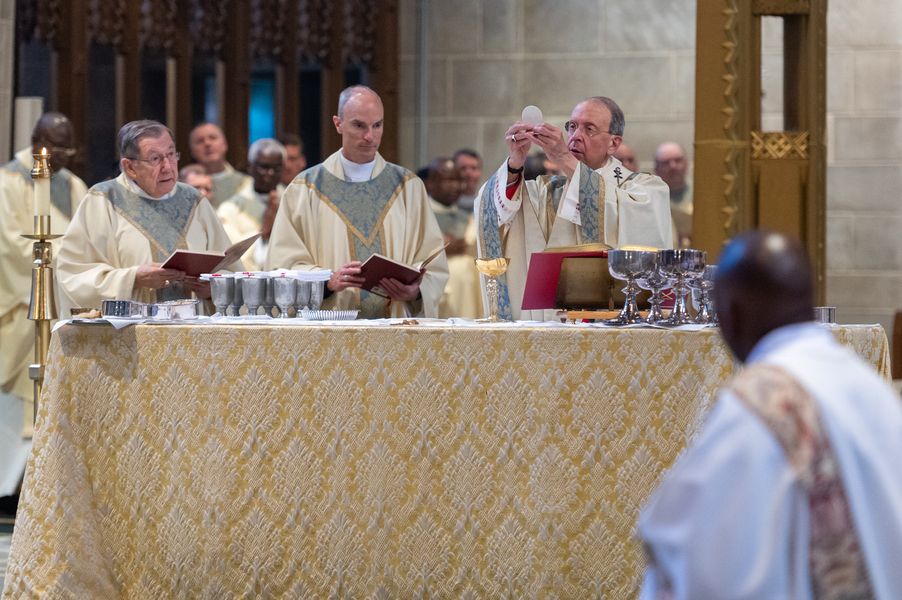
The timing of implementation for the resumption of distribution of the cup is left to the discretion of the pastor, according to the archdiocese.
As priests from around the archdiocese gathered for the chrism Mass April 3 at the Cathedral of Mary Our Queen, some expressed concern over bringing back the practice of a shared cup.
Father Stephen Hook, pastor of Our Lady of the Chesapeake in Lake Shore and St. Jane Frances de Chantal in Riviera Beach, said he appreciates the importance of offering both species of Communion to the people. “Are the people ready for it? I don’t know.”
He said discussions at the parish have included finding Communion ministers who are comfortable with it and how much of the Precious Blood to consecrate so there is not too much left over to consume. Typically, whoever is ministering the cup consumes any that is left, but some may not want to drink after others. In the case of his parishes, the priest who celebrates the Mass will probably consume any that is left over.
Father William Au, pastor of Shrine of the Sacred Heart in Mount Washington, said people are still skittish about receiving from the cup, but that his parish will offer it.
Church of the Nativity in Timonium will not offer the Communion cup for now, according to Father Michael White, pastor. He said the parish has seen slow but steady growth in attendance as COVID restrictions have eased, “but we don’t want to do anything to discourage people from coming back.”
The parish also has not brought back the handshake of peace. “We’re not doing anything to make people feel uncomfortable” attending Mass, he said.
Norms from the U.S. Conference of Catholic Bishops note that Christ is present, soul and divinity, in the eucharistic species of bread and wine. “From the first days of the church’s celebration of the Eucharist, holy Communion consisted of the reception of both species in fulfillment of the Lord’s command to ‘take and eat … take and drink.’ The distribution of holy Communion to the faithful under both kinds was thus the norm for more than a millennium of Catholic liturgical practice,” the USCCB norms said.
The fullness of the Real Presence is contained in either species of Communion. “The church also teaches and believes that ‘immediately after the consecration the true body of our Lord and his true blood exist along with his soul and divinity under the form of bread and wine. The body is present under the form of bread and the blood under the form of wine, by virtue of the words [of Christ]. The same body, however, is under the form of wine and the blood under the form of bread, and the soul under either form, by virtue of the natural link and concomitance by which the parts of Christ the Lord, who has now risen from the dead and will die no more, are mutually united,” the bishops’ document said, quoting from “Decrees of the Ecumenical Councils, Vol. 2: Trent to Vatican II.”
The norms continue: “Since, however, by reason of the sign value, sharing in both eucharistic species reflects more fully the sacred realities that the liturgy signifies, the church in her wisdom has made provisions in recent years so that more frequent eucharistic participation from both the sacred host and the chalice of salvation might be made possible for the laity in the Latin Church.”
Email Christopher Gunty at editor@CatholicReview.org.
Read More Worship & Sacraments
Copyright © 2023 Catholic Review Media

